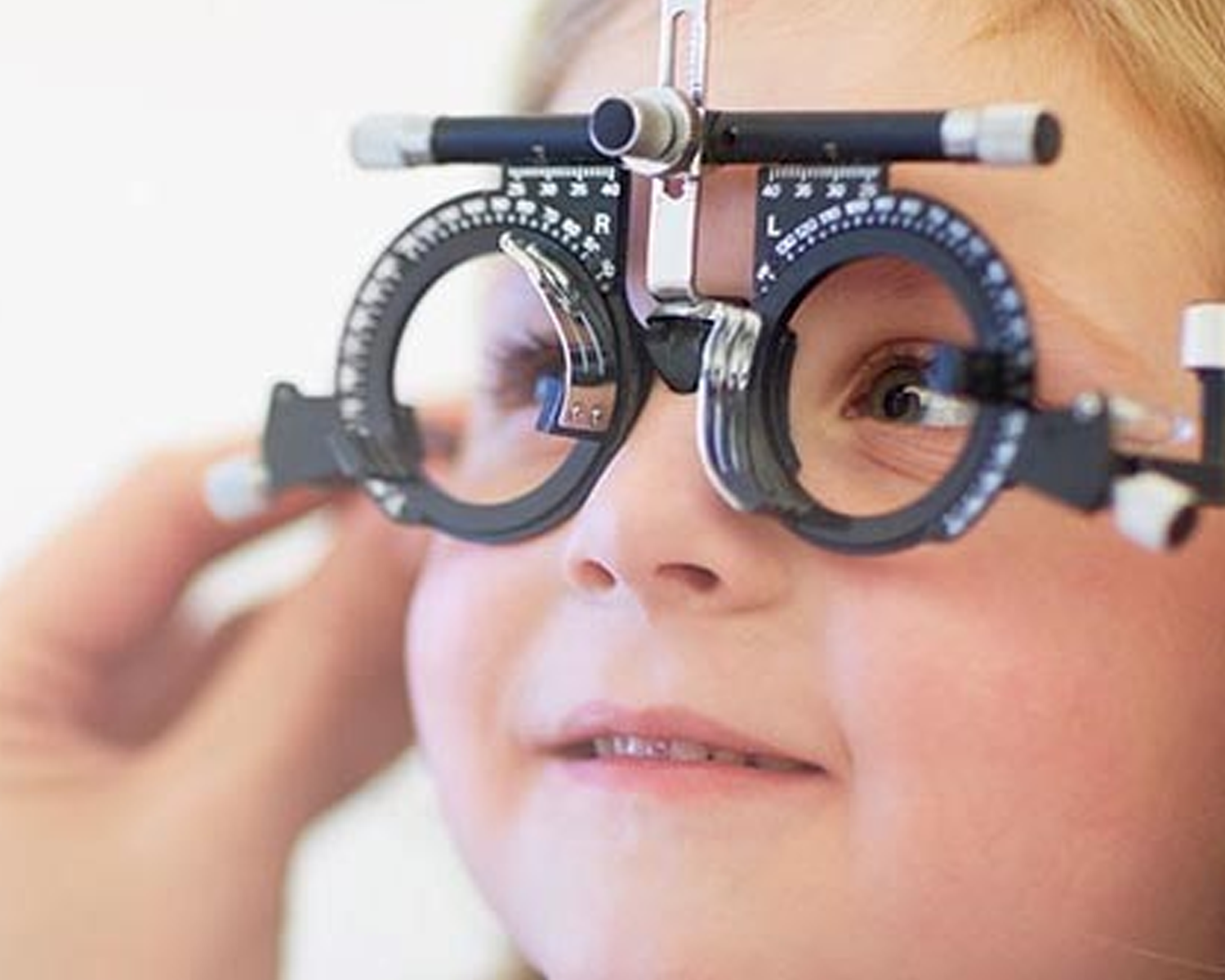
Paediatric Ophthalmology
Pediatric ophthalmology is a branch of medicine and surgery that focuses on the diagnosis and treatment of eye conditions in children. This field addresses a variety of eye health issues, ranging from common refractive errors to more complex conditions that can affect a child's vision and development. Pediatric ophthalmologists are trained to manage these conditions in children, who may have different symptoms, treatment needs, and responses compared to adults.
Here are some common pediatric eye conditions that pediatric ophthalmologists treat:
1. Amblyopia (Lazy Eye)
Amblyopia is a condition where one eye develops poor vision, typically due to a lack of proper visual stimulation during early childhood. It may be caused by strabismus (eye misalignment), refractive errors, or cataracts. Early diagnosis and treatment are crucial for successful intervention.
2. Strabismus (Crossed Eyes)
Strabismus is the misalignment of the eyes, where one or both eyes may turn inward, outward, upward, or downward. It can lead to amblyopia if not corrected. Treatment options include glasses, patching, eye exercises, or surgery.
3. Refractive Errors
These include conditions such as nearsightedness (myopia), farsightedness (hyperopia), and astigmatism. Correcting these conditions typically involves prescription glasses or contact lenses.
4. Congenital Cataracts
A cataract is a clouding of the eye's lens that can impair vision. When cataracts are present at birth, they may require surgical removal to prevent long-term vision problems.
5. Retinopathy of Prematurity (ROP)
ROP is a condition that affects premature infants, where abnormal blood vessels grow in the retina. If untreated, it can lead to vision loss or blindness. Regular screenings are done for premature babies to detect ROP early.
6. Ptosis (Drooping Eyelid)
Ptosis occurs when the upper eyelid droops, potentially blocking vision in one or both eyes. This can be congenital or acquired, and treatment may involve surgery to lift the eyelid.
7. Nystagmus (Involuntary Eye Movements)
Nystagmus involves involuntary, rhythmic eye movements, which can affect vision. It may be congenital or acquired and may require treatment to address any underlying condition or improve visual function.
8. Ocular Trauma
Eye injuries in children, whether from sports, accidents, or other causes, can lead to serious issues. Pediatric ophthalmologists are trained to treat trauma to the eye, including lacerations, burns, or fractures to the orbital bone.
9. Infections and Inflammatory Conditions
These can include conditions like conjunctivitis (pink eye), blepharitis (inflammation of the eyelids), and uveitis (inflammation within the eye). Pediatric ophthalmologists can provide the appropriate treatments, including medications and sometimes surgery.
10. Vision Screening and Early Detection
Regular vision screenings are important for early detection of vision problems in children, as many conditions can be successfully treated if caught early. Pediatricians, schools, and eye care professionals often conduct these screenings.
Treatment Methods
Eyeglasses and Contact Lenses : To correct refractive errors like nearsightedness, farsightedness, and astigmatism.
Surgery : Used for conditions like cataracts, strabismus, ptosis, or when other treatments are not effective.
Vision Therapy : Special exercises to strengthen eye muscles or improve coordination.
Patching : Often used to treat amblyopia by "forcing" the weaker eye to work harder, thus improving vision.
Pediatric ophthalmology is vital because children’s visual systems are still developing, and early intervention can prevent long-term visual impairment and developmental issues.


